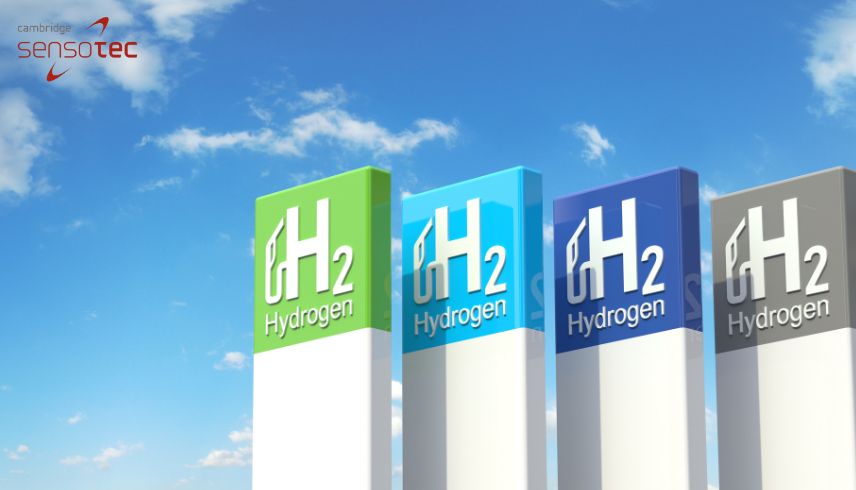

The Hydrogen Revolution: Analysing Blue and Green Hydrogen
Introduction
The world is undergoing a profound energy transformation, driven by the need to combat climate change and reduce carbon emissions. At the forefront of this revolution is the rise of hydrogen as a clean and versatile energy carrier. Two key players in this hydrogen revolution are Blue Hydrogen and Green Hydrogen. In this exploration, we delve into the science, production, and implications of Blue and Green Hydrogen, offering a comprehensive analysis of these sustainable energy sources.
Understanding Blue Hydrogen
Production Process
Blue Hydrogen is produced from natural gas through a process called steam methane reforming (SMR). During SMR, natural gas is combined with steam, and the resulting mixture undergoes a series of chemical reactions, yielding hydrogen gas (H2) and carbon dioxide (CO2) as by-products. The key differentiator for Blue Hydrogen is the capture and storage of CO2 emissions, preventing them from entering the atmosphere.
Environmental Impact
Blue Hydrogen is often touted as a transitional fuel because of its reduced carbon footprint compared to traditional grey hydrogen, which lacks carbon capture. The captured CO2 can either be stored underground (carbon capture and storage, or CCS) or repurposed for industrial processes. While Blue Hydrogen reduces emissions, its environmental impact depends on the effectiveness of CCS and the source of natural gas.
Exploring Green Hydrogen
Production Process
Green Hydrogen, on the other hand, is produced through a process known as electrolysis. This method uses electricity generated from renewable sources, such as wind or solar power, to split water (H2O) into hydrogen and oxygen gases. The key advantage of Green Hydrogen is its zero-emission production process, as it does not release any carbon dioxide or other pollutants.
Environmental Impact
Green Hydrogen is considered one of the cleanest forms of hydrogen, as it has no direct greenhouse gas emissions associated with its production. It aligns seamlessly with the goals of reducing carbon emissions and transitioning to a sustainable energy future. However, the scalability and cost-effectiveness of Green Hydrogen production remain challenges that ongoing research and development aim to address.
Comparative Analysis
Emissions Reduction
Both Blue and Green Hydrogen contribute to emissions reduction. Blue Hydrogen reduces emissions compared to grey hydrogen, while Green Hydrogen is entirely emissions-free in its production.
Scalability
The scalability of Green Hydrogen is constrained by the availability of renewable energy sources. In contrast, Blue Hydrogen relies on existing natural gas infrastructure but must invest in carbon capture and storage technology.
Economic Viability
The economic viability of each hydrogen type varies based on factors such as the cost of renewable energy, the price of natural gas, and carbon capture technology expenses. Market dynamics and government policies also play a crucial role.
Applications and Implications
Hydrogen has a wide range of applications, from fueling transportation and industry to balancing energy grids. Both Blue and Green Hydrogen can be used in these sectors, offering solutions for decarbonisation and sustainability.
Conclusion
The hydrogen revolution is well underway, with Blue and Green Hydrogen at its forefront. While Blue Hydrogen serves as a transitional solution with reduced emissions, Green Hydrogen represents the pinnacle of clean energy production. The choice between these two hydrogen types depends on factors like emissions reduction goals, energy availability, and economic considerations.
As we analyse the potential of Blue and Green Hydrogen, it becomes evident that both have vital roles to play in our journey towards a sustainable and low-carbon future. The hydrogen revolution is not a binary choice; it’s a spectrum of possibilities that will shape our energy landscape for generations to come.
For advanced hydrogen analysis solutions and to stay at the forefront of the hydrogen revolution, explore Cambridge Sensotec’s cutting-edge technologies. Contact us today to discover how our instruments contribute to the success of hydrogen projects worldwide. Join us in shaping a cleaner and more sustainable energy future.


